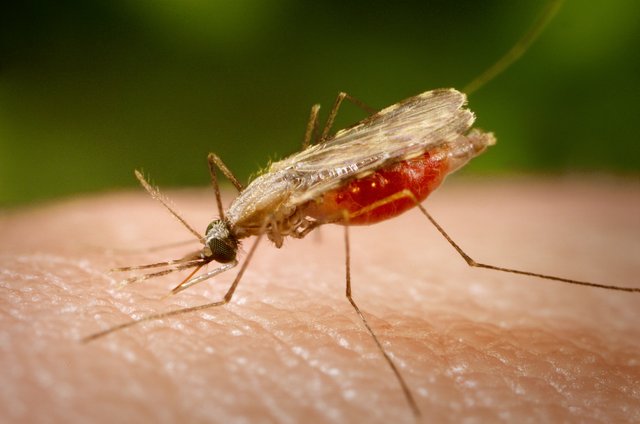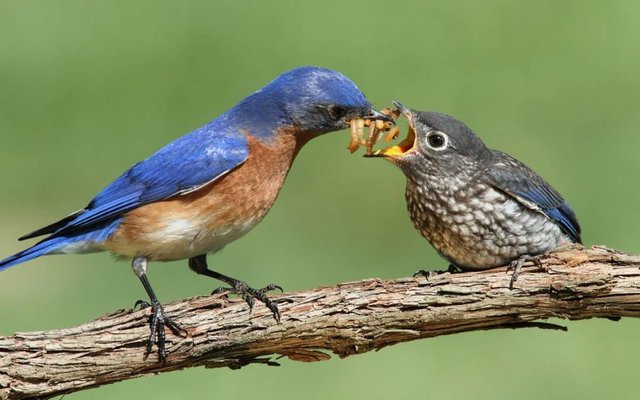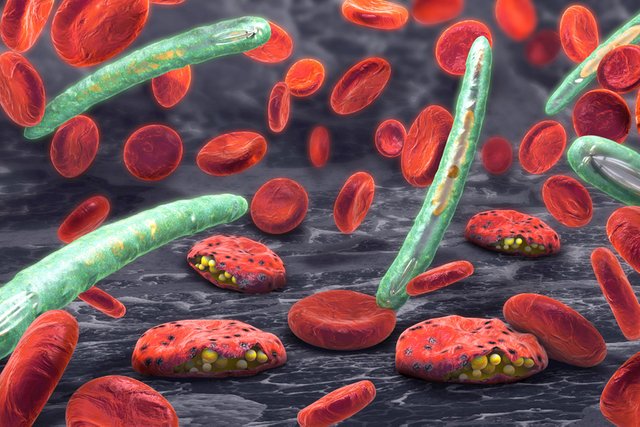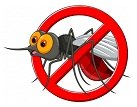New technique to fight malaria/Nueva técnica para luchar contra la malaria

Source
Malaria is an infectious disease caused by a parasite of the genus Plasmodium that kills 400,000 people every year. The vector or carrier of this disease is the female mosquitoes of the Anopheles genus that feed on blood in order to mature their eggs and generate a new offspring.
La malaria es una enfermedad infecciosa causada por parásito del género llamado Plasmodium que acaba con la vida de 400.000 personas todos los años, el vector o portador de esta enfermedad son las hembras de los mosquitos del género Anopheles que se alimentan de sangre para poder madurar sus huevos y generar una nueva prole.
In order to eliminate these mosquitoes, all kinds of tricks have been used and are used, from the simple mosquito net that prevents the mosquitoes from biting us at night to sterilizing the females to prevent them from reproducing, passing through all kinds of poisons to prevent them from continue to infect humans.
Para poder acabar con estos mosquitos se han empleado y se emplean todo tipo de argucias, desde la simple mosquitera que impide que los mosquitos nos piquen durante la noche hasta esterilizar a las hembras para evitar que se reproduzcan pasando por todo tipo de venenos para evitar que sigan infectando al ser humano.

Source
But it is not so simple because you have to do it selectively, you cannot kill all kinds of mosquitoes because they are the sustenance of many other species such as birds or amphibians, especially with the issue of poisons you have to be very careful to avoid do more damage than the carrier mosquitoes do.
Pero no es tan sencillo pues hay que hacerlo de forma selectiva, no se pueden matar a todo tipo de mosquitos porque éstos son el sustento de muchas otras especies como aves o anfibios, con el tema sobretodo de los venenos hay que ser muy cuidadosos para evitar hacer más daño del que hacen los mosquitos portadores.
In this line, a group of scientists from the University of Stockholm have developed a specific type of poison for malaria-carrying mosquitoes. In 2017 it was discovered that the parasite that causes malaria secretes a chemical compound with an unpronounceable name (pyrophosphate of (E)-4-hydroxy-3-methylbut-2-enyl), HMBPP for friends in the mosquito's blood.
En esta línea un grupo de científicos de la Universidad de Estocolmo han desarrollado un tipo de veneno específico para los mosquitos portadores de la malaria, en el año 2017 se descubrió que el parásito que causa la malaria secreta un compuesto químico de nombre impronunciable (pirofosfato de (E)-4-hidroxi-3-metilbut-2-enilo), HMBPP para los amigos en la sangre del mosquito.

Source
This compound stimulates the mosquito's appetite and makes it gorge itself on the blood of its hosts, with it, scientists have created a bait for mosquitoes in which they will introduce the poison that will kill them. The advantage of this system is that it only attracts the mosquitoes of the Anopheles genus with which the rest of the mosquitoes are still alive to continue feeding the rest of the species.
Este compuesto estimula el apetito del mosquito y lo hace hartarse de la sangre de sus huéspedes, con él los científicos han creado un cebo para mosquitos en el que introducirán el veneno que acabará con ellos, la ventaja de este sistema es que solo atrae a los mosquitos del género Anopheles con los que el resto de mosquitos sigue vivo para continuar alimentando al resto de especies.
In the experiments carried out, beet juice was used to inoculate HMBPP and it was found that a minimum amount of this substance attracted up to 5 times more mosquitoes than only beet. Now the challenge is to replace beet with other more abundant plants in areas where malaria is endemic in order to put it to commercial use.
En los experimentos realizados se utilizó zumo de remolacha para inocular el HMBPP y se comprobó que con una cantidad mínima de esta sustancia atrajo hasta 5 veces más mosquitos que solo con la remolacha. Ahora el reto es sustituir la remolacha por otras plantas más abundantes en las zonas donde la malaria es endémica para poder darle un uso comercial.
More information/Más información
https://www.nature.com/articles/s42003-021-02689-8
Wow @mauromar veneno para un solo tipo de mosquito eso está chulo.

Thank God that until now science always seeks an alternative to evils and in the specific case now the anopheles mosquito that has caused so much damage to humanity. Thank you, regards.
It is good to act decisively with respect to this evil such as malaria, but at the same time to act conscientiously as this group of scientists has done, who have acted in a balanced manner in relation to the eradication of this disease, and respect for the balance of nature.
Great post share. It makes sense to bite a mosquito in the lure of sucking blood, but before that, those who come to the ear and challenge it with a loud voice do not understand it. Hahahaha
Thank you for providing this information to all of us.
Hello @mauromar, I am really amazed with this discovery, I would like to know how they will take this replica of the experiment to a real scale, we are talking about the reproduction speed of these carrier mosquitoes is a great goal to cover until it is fully controlled.
Surprising this topic of your post.